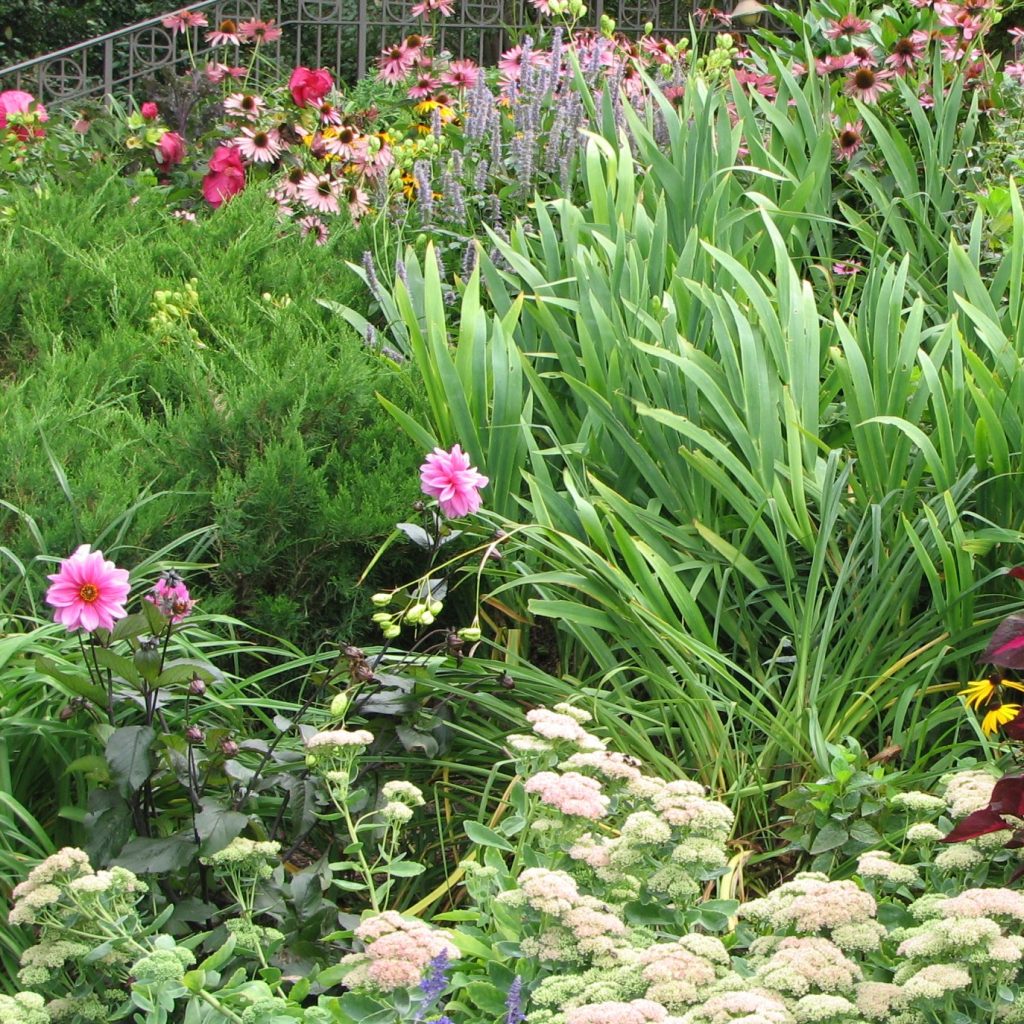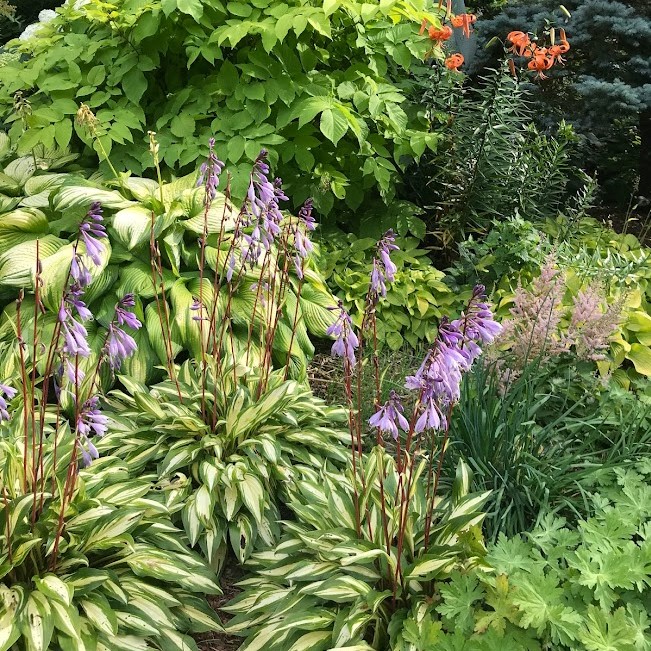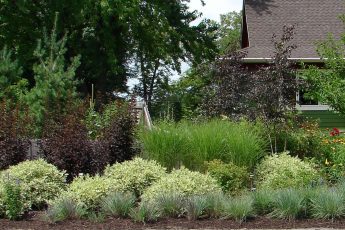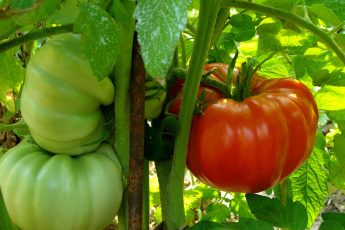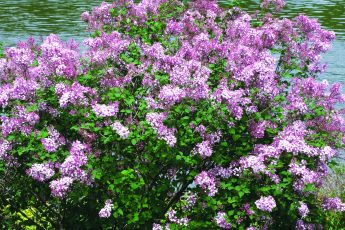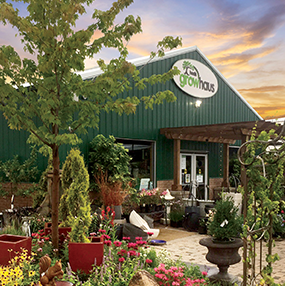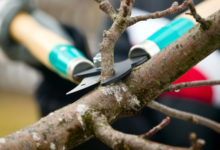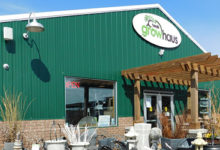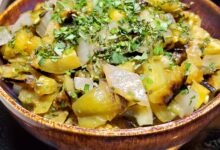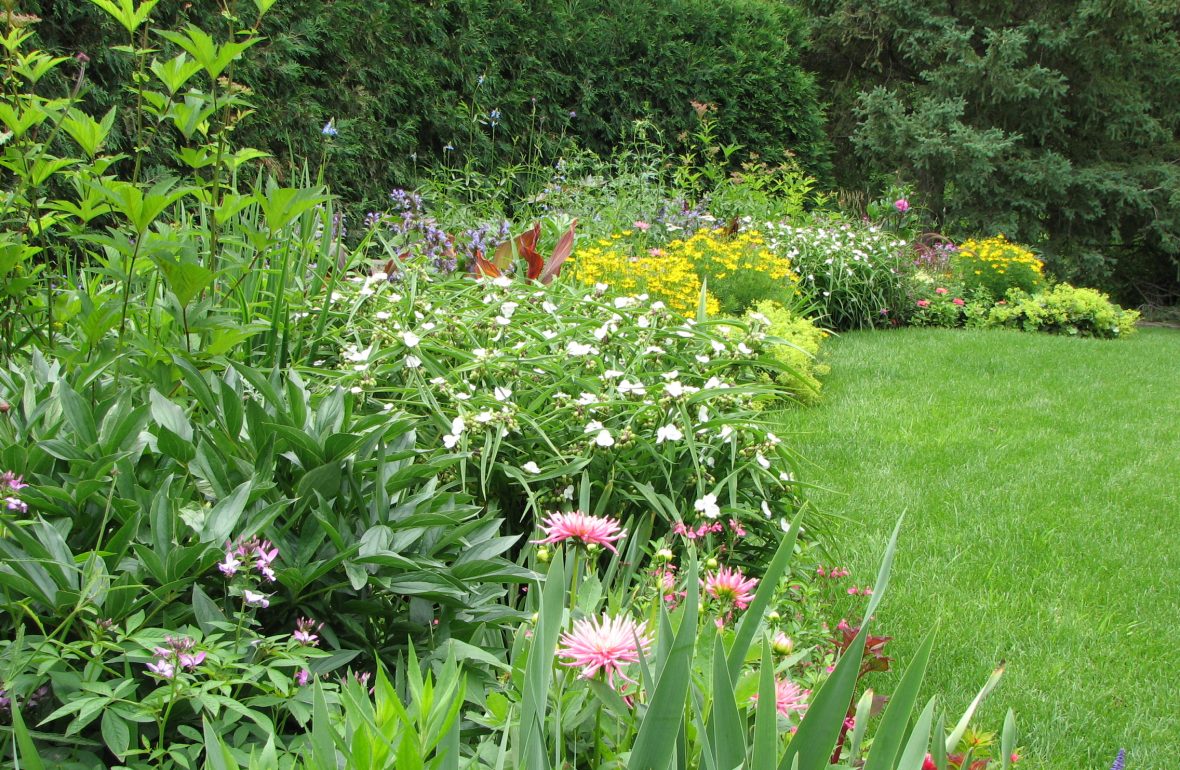
Many of our guests often ask, “What can I plant that blooms all season long?”. While there are many perennials that have a long bloom period or can re-bloom with deadheading, there is no perennial that will consistently bloom from early spring into late fall. To achieve a full season of color in your perennial garden, plant perennials with various bloom times. Mixing perennials with varying bloom times not only keeps the color coming, it also provides the interest of change as your garden transforms throughout the seasons. Keep reading to learn what perennials bloom when and how to keep the color coming.
A Minnesota Garden Season
In Minnesota, Mother Nature’s calendar does not necessarily coincide with our calendar. Spring can come in March and in some years not until May. There are times when your Spring perennials will bloom at the same time as your Summer perennials or fail to bloom at all. Our Fall can be wrapped up with a freeze in September or sometimes linger on into November. To keep things simple, a Minnesota Garden Season is generally late March into mid to late October as illustrated below.
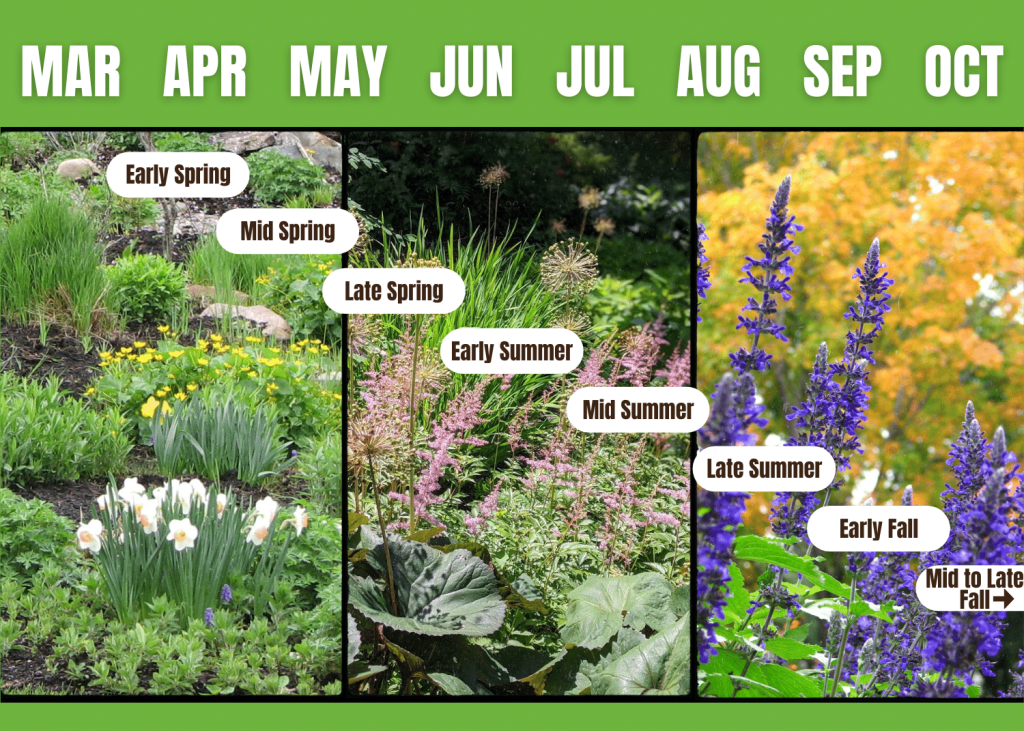
Perennial Bloom Periods
Rather than defining the bloom period for every perennial grown in Minnesota we have compiled the most popular perennials planted. It is worth mention, bloom periods of a plant species can vary by variety. For example, Echinaeca purpurea blooms in mid to late Summer while Echinacea pallida and paradoxa begin blooming in early Summer. Likewise, many plant cultivars (plants produced by cloning or hybridization) are breed to have longer or earlier bloom periods than their parent plant.
Shopping for Perennials
Don’t be fooled by the display when shopping for perennials. Most perennials for sale at a Garden Center are greenhouse grown in late Winter which accelerates their natural bloom time. Instead read the tag, it will define the plant’s bloom period either by season or by month. It is also important to know there is a lot of gray in our planting zone when it comes to a bloom period as defined on a plant tag. Soil temperature, sunlight, moisture and nutrients all contribute to a plant’s bloom period and can vary year over year.
Other Elements of Interest
In addition to perennials, consider incorporating other elements of interest to your garden to add instant color, diversity and year long interest. Annuals add instant pops of color to any garden and can be planted in between perennials waiting to bloom. Statuary, bird baths and benches add structure to a garden and provide year long interest. And don’t forget the foliage, there are many perennials prized for their foliage over their blooms and non-flowering perennials such as ornamental grasses that provide interest all season long.
Plant a variety of perennials – Read the plant tags – Add non-perennial elements
Enjoy a garden with year round interest!


